Introduction
Motion Picture Expert Group [MPEG], a working group from IEC and ISO which laid the foundation for the multimedia industry with the MPEG-2 TS and the MP4 file formats, a series of successful codecs both in video (MPEG-2 Video, AVC/H264) and audio (MP3, AAC) and the new generation codecs with MPEG 3D Audio, HEVC and MMT (mandated in ATSC 3.0) in 2013 has commenced work on a new set of standards for immersive visual media to be known as MPEG-I.
The ImAc Project on access to 360 degree content for people with sensory disabilities was represented at the recent working group meeting by Motion Spell.
Reflections from the meeting
MPEG is organised as a set of meeting rooms that represent different working group. Each working group takes its direction from requirements to a working draft and then to an international standard. MPEG meetings are attended by around 500 participants from all over the world.
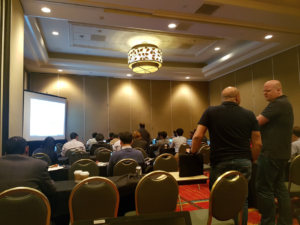
MPEG-I and ImAc
We were looking forward to the discussions on accessibility within the immersive media landscape and sharing the initial findings from our ImAc Project in hope of gathering feedback from industry consortia during the process.
MPEG-I is a set of standards defining the future of media:
- Part 1: requirements.
- Part 2: OMAF
- The suffix “AF” means Application Format. It is a profile i.e. a specialization of some existing technology.
- Part 3: Video (VVC, the successor of. HEVC)
- Current experiments show that once gets 40% better than HEVC
- Release planned for October 2020
- Part 4: Audio
- Part 5: Point Clouds compression. Point Clouds allows the representation of 3D objects.
- Part 6: Metrics.
- Part 7: Metadata.
- Part 8: NBMP (Network Based Media Processing).
OMAF timed text and metadata
OMAF is MPEG-I part 2 (see above). Timed text is used for providing subtitles and closed captions for omnidirectional video. In OMAF, the timed text may be either:
- Fixed-positioned: not moving as the user’s viewing orientation moves, or
- Always-visible: always visible to the user whatever the user’s viewing orientation,
- Fixed-positioned timed text should be used for those that are specific to a particular object, thus when that object is not visible, it is not rendered,
- Always-visible timed text should be used for those that are global to the entire omnidirectional video.
The formats used are the same as deployed by the industry: IMSC1 (done at W3C) and WebVTT (done at W3C too).
Accessibility in MPEG and ISO
Out 572 contributions, none of them was about accessibility. ImAc has a boulevard for improvements. However MPEG may not be the right place and industry consortia may be.
Informal discussions show that MPEG tends to remain a toolbox driven by technical needs inside companies. Industry consortia are invited to use this technology in correlation with user’s needs. MPEG is different from industry consortia and especially W3C which has some dedicated activities for accessibility.

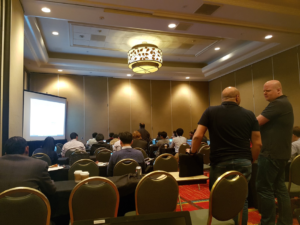
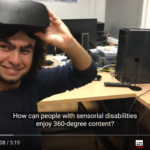
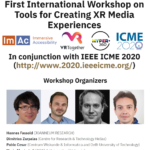
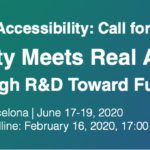

1 thought on “Our journey at MPEG Meeting #122: make accessibility great again – MotionSpell”